‘Queen of primates’ through the lens
The red-shanked douc langurs, recognized as ‘queen’ of the primate species, have always been the inexhaustible inspiration of photography and wildlife lovers.
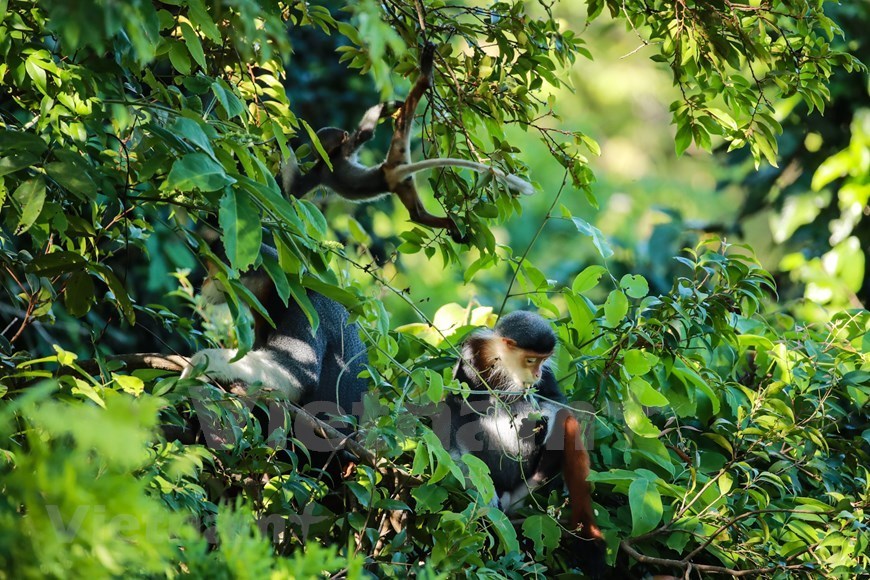 |
|
There are more than 400 individuals of red-shanked douc langur living in Son Tra Peninsula, central Da Nang city.
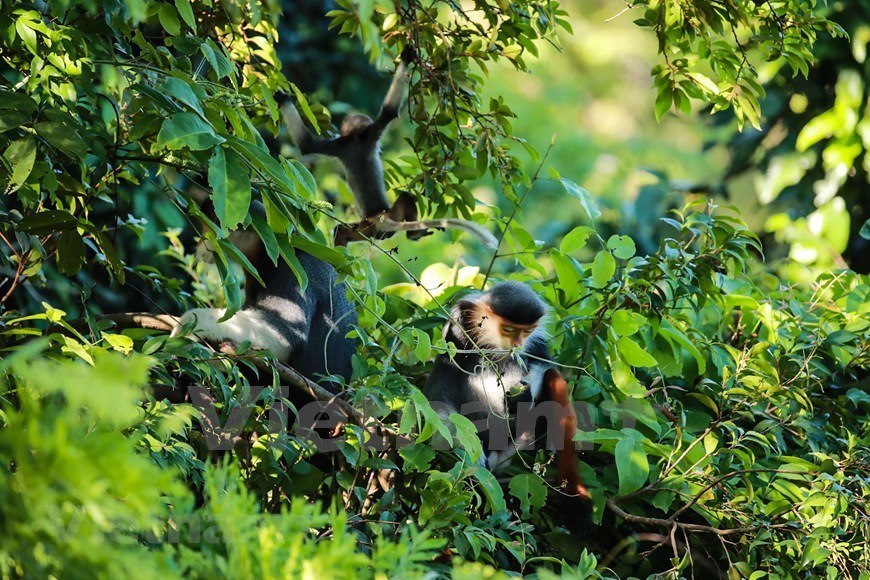 |
|
They go out to feed at two times during the day, early in the morning and late in the afternoon.
|
|
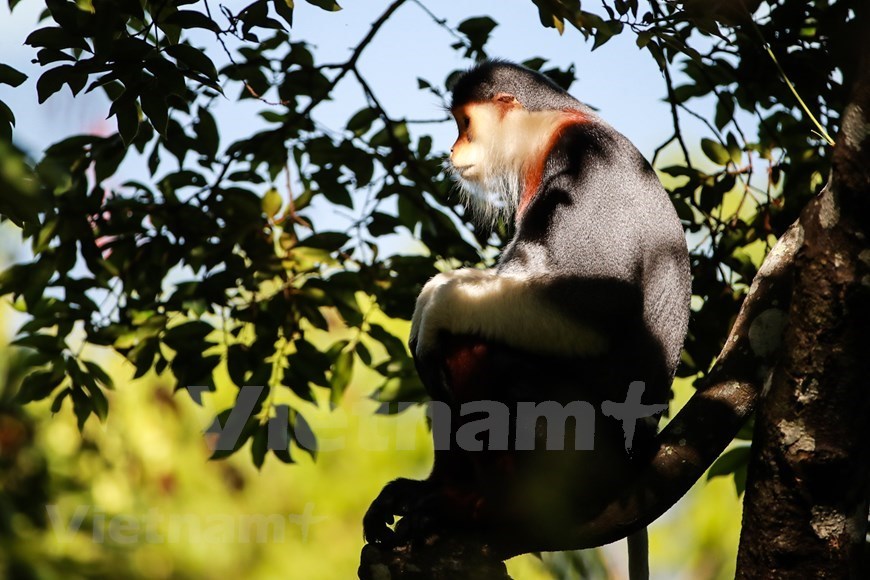 |
|
The red shanked douc langur, first known in 1771, is on the IUCN Red List of Threatened Species.
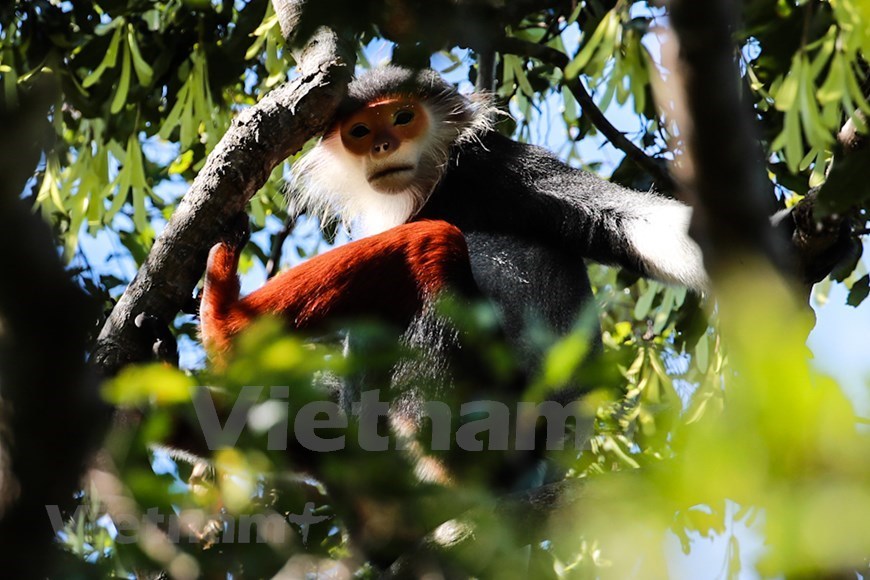 |
|
Vibrant colors of a red-shanked douc langur.
|
|
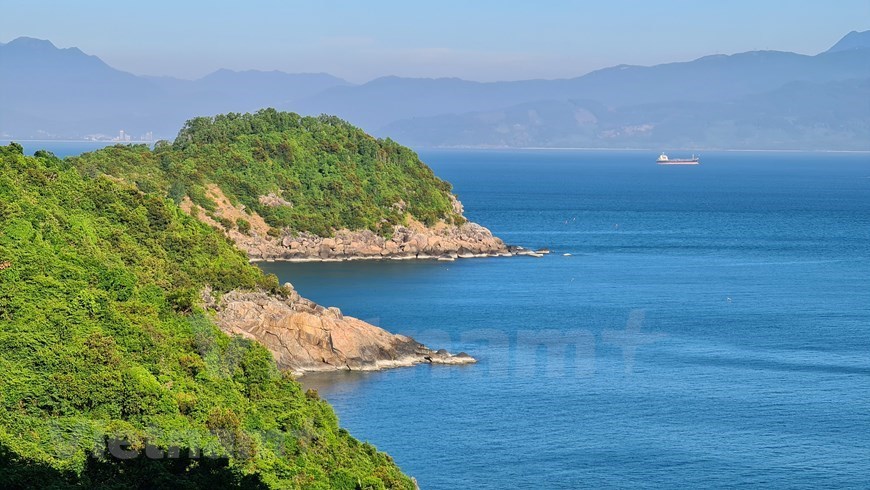 |
|
Covering over 4,400ha of land, the Son Tra forest habours hundreds of animal species, including the red shanked douc langur which is indigenous to Indochina.
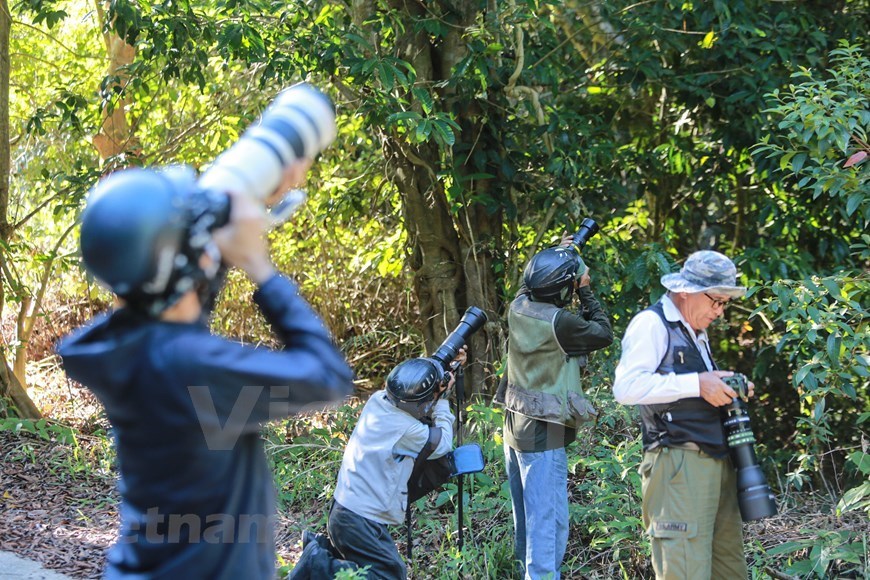 |
|
Members of the ‘Son Tra Langur Photo Association’ take candid shots of the magnificent primate.
|
|
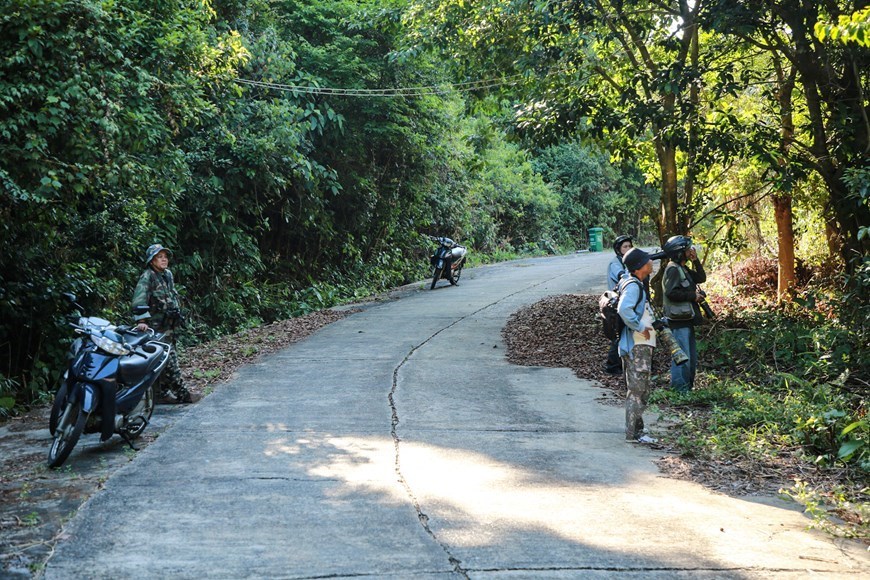 |
|
If there are any threats to the langurs, they will immediately report to the authorities.
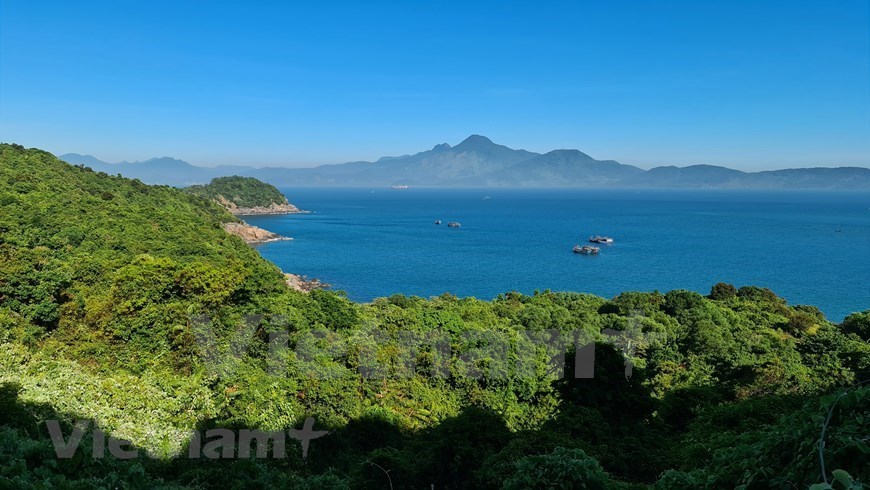 |
|
The habitat of the langur is usually under the trees.
|
|
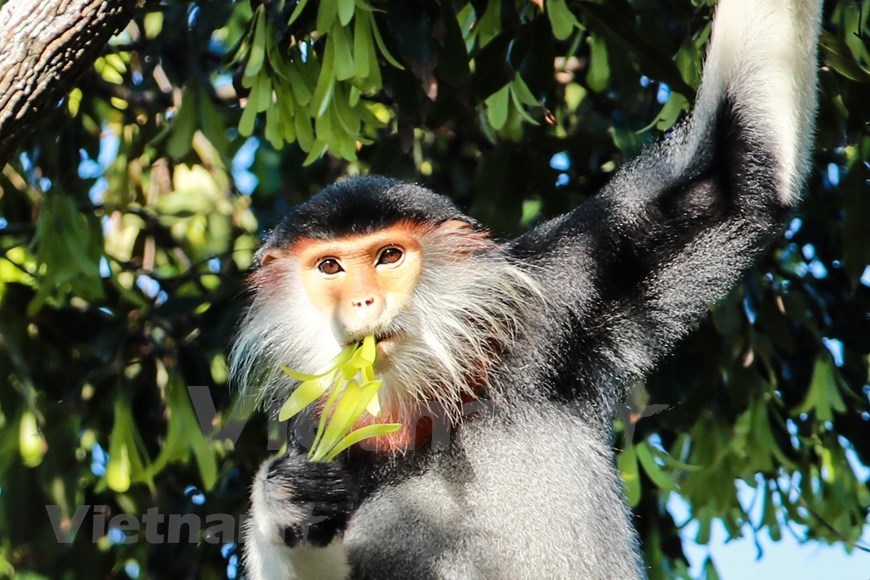 |
|
The forest provides the most abundant food supply for the red shanked douc langur between April and June, when trees change their leaves.
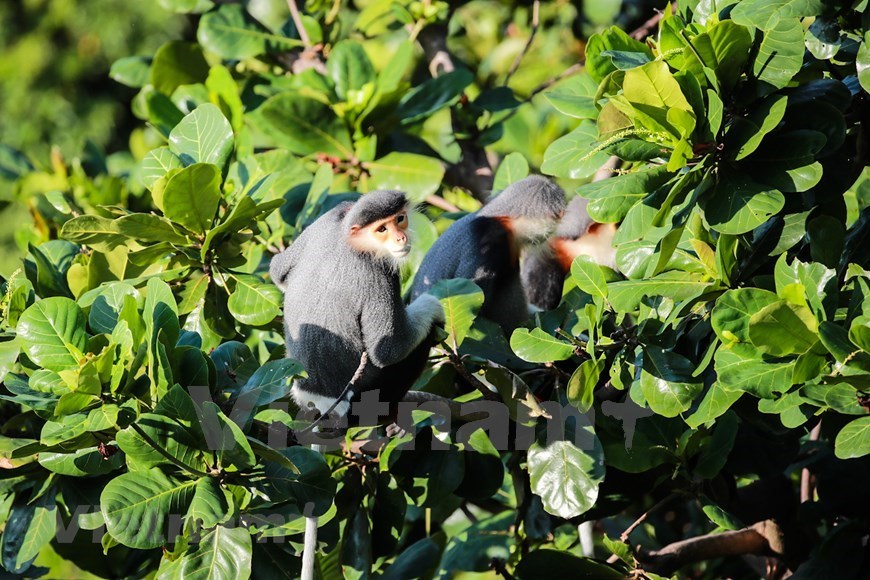 |
|
The langurs live in groups and always follow the "discipline" of the leader.
|
|
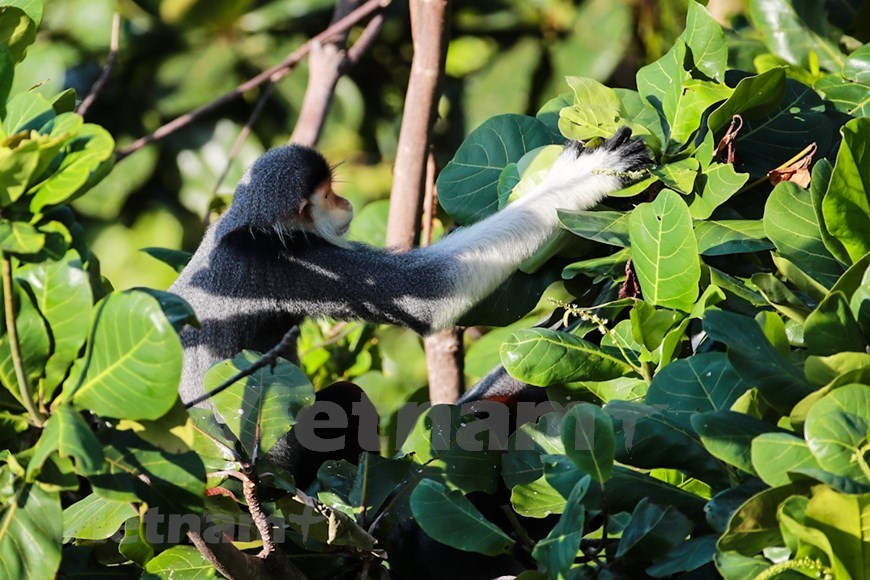 |
|
The langurs live in groups and always follow the 'discipline' of the leader.
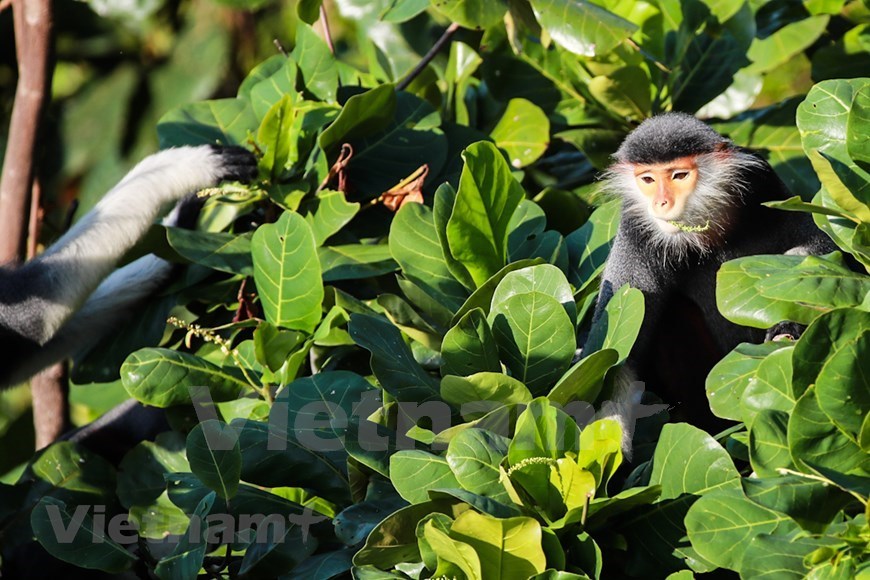 |
|
The langurs are the endless inspiration of photographers.
|
|
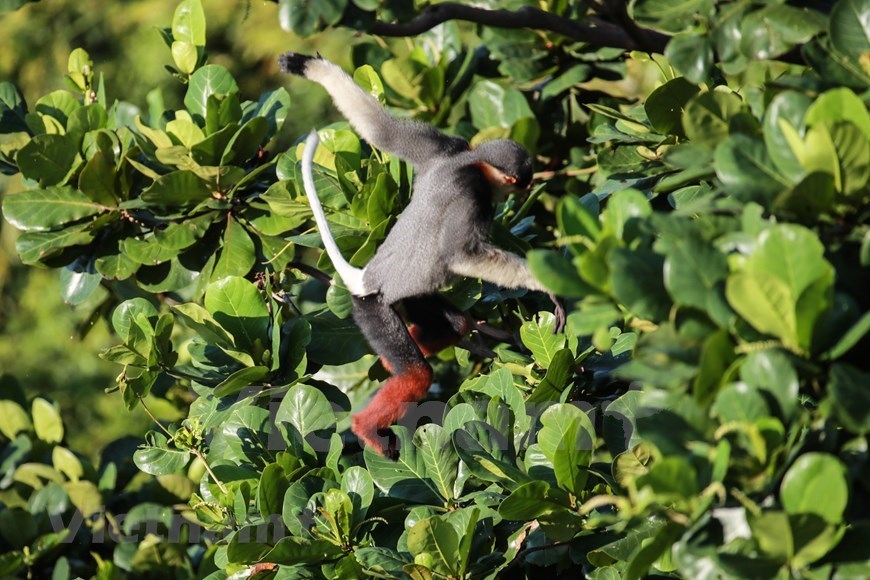 |
|
International trade on the species is prohibited by the Convention on International Trade in Endangered Species of Wild Fauna and Flora - CITES.
|













